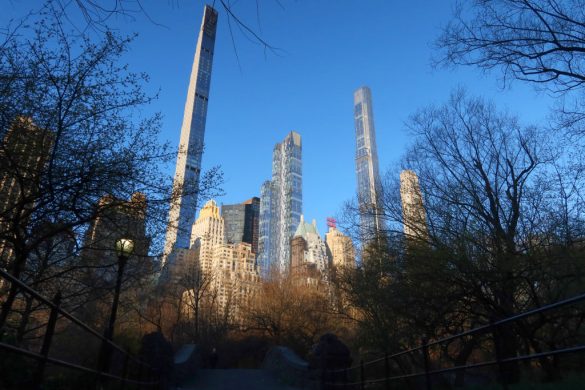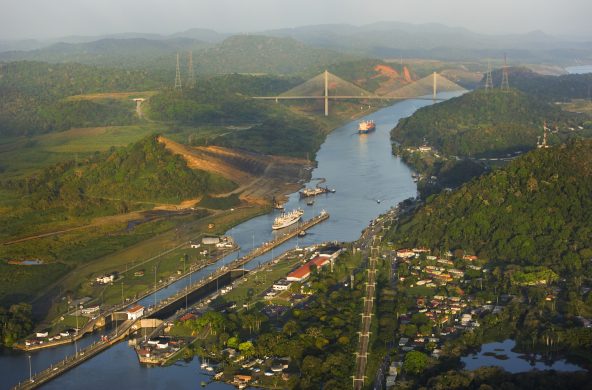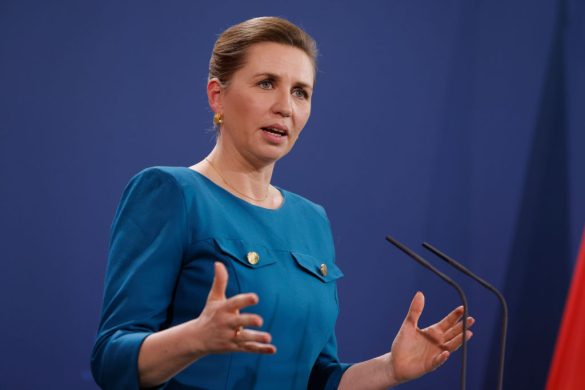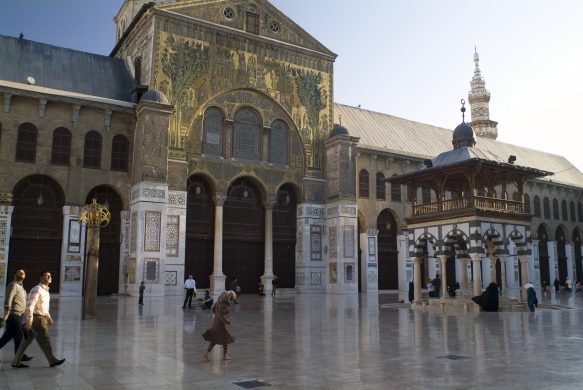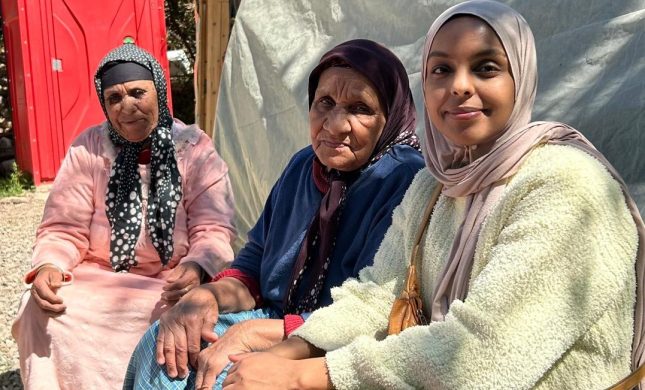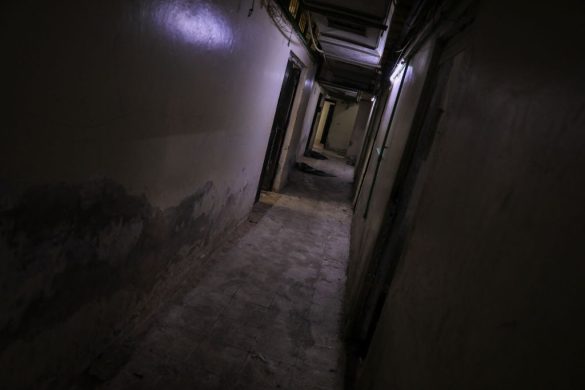WASHINGTON, 6 November 2008: Hungry and homeless in Northeast Brazil, Jose Maciel sought a better life for his family in a favela in Rio de Janeiro. Now his thousand dollar shack has a million dollar view, of a life he will never lead. But Jose believes that his children, at least, will benefit from his move to the city.
In distant China, Yang Ping, a migrant to Guangzhou, echoes Maciel’s faith. – I believe my child will have better opportunities than I had, she says. – If we can stay in the city, he will get more and better opportunities. So I’ll choose to stay in cities. That’s my only plan.
For the first time in history, more than half the world’s population may be living in cities. Has the move from the country been a step up or a dead end for migrants to the great cities of the developing world—Delhi, Rio, Guangzhou, Istanbul, and many more?
The World Bank’s latest World Development Report, entitled “Reshaping Economic Geography”, presents new ideas about geography and economics and what they mean for policymakers and for people whose place of birth continues to influence their destinies.
The report draws on ideas that have become mainstreamed in economics over the last generation, including those by this year’s Nobel Prize winner, Paul Krugman.
– We economists think about how things are done and what things are done, but we don’t think as much about where things are done, says Indermit Gill, the report’s lead author. – But where economic activity is concentrated can be the difference between poverty and prosperity—for people as well as for countries.
Seeing development in 3D
The report, published in November 2008, argues that some places are doing well because they have promoted transformations along the three dimensions of economic geography:
higher densities, as seen in the growth of cities;
shorter distances, as workers and businesses migrate closer to density, and
fewer divisions, as countries thin their economic borders and enter world markets to take advantage of scale and specialization.
Density – drawing people into cities
The Industrial Revolution drew people into cities like London, Paris, and New York in the 19th century, often into big slums. But these people eventually escaped poverty—without cities, they might never have done so.
Today, in places like Rio’s favelas, life can be dangerous and difficult. But virtually invisible from outside, there are scores of small businesses operating within. And while everyone is a squatter with no legal right to their land, hundreds of houses are being built.
– These settlements can be made into vibrant living economic communities, says Ngozi Okonjo-Iweala, Managing Director at the World Bank. – Policymakers can take advantage of their presence rather than see them as blights on the community.
Twenty-five years ago in an increasingly crowded Mumbai city, authorities tried to keep out more migrants and stopped building infrastructure. But people came anyway, and Mumbai now has 16.5 million people, more than half of whom live in slums.
– It would have been far better to anticipate this dynamic pull of the city that helps people connect with economic opportunities and which serves as connector to the outside world, said Gill.
– We are all witnessing a movement of people to the cities. This is inevitable in prospering nations, so it’s going to be productive to invest in cities, said Katherine Sierra, Vice President, Sustainable Development, at the World Bank. – Cities are a key engine of future growth.
Getting density right requires harnessing market forces to encourage concentration and promote convergence in living standards between villages, towns and cities. According to the report, it is the most important dimension of development at the local scale.
Distance – Migrating to reduce distance to economic opportunity
Twenty-eight year old Yang Ping and her husband travelled one thousand kilometers to seek work in Guangzhou, a booming port on China’s southeast coast. They left their child behind with grandparents, but took this sacrifice in their stride.
By allowing people like Yang Ping to seek their fortunes in the city, China has lifted over 300 million people out of poverty and become the world’s fastest growing economy.
Guangzhou is what it is today because of the late Deng Xiaoping’s understanding that economic activity would be best concentrated close to the coast, and near Hong Kong, an established heavyweight.
Countries do not prosper without mobile people. In fact, people’s mobility may be the best gauge of their economic potential, and their willingness to migrate to reduce their distance to economic density a good measure of their desire for advancement.
Division – Thinning economic borders to access regional and global markets
But not everyone can move. In Africa, a third or more of the population lives in landlocked countries. The continent is divided by international boundaries. Here, division is part of the legacy of colonialism—a tragic distortion of human, political and economic geography.
– Division is man-made barriers to transactions, says Paul Collier, Director, Center for the Study of African Economies at Oxford University, – Borders, especially international borders, are the best example of division.
This year’s World Development Report makes it clear that the role of government remains important—not to spread out economic activity but to encourage mobility toward it, and to ensure universal access to basic services such as health and education.
– The most important thing is to connect people who are left behind to opportunities in places that are prospering, emphasized Justin Lin, World Bank chief economist.
Policymakers should distinguish between the geography of social welfare and the geography of economic production. Sometimes, place-based programs in poor places are necessary. But it is the interaction between places that are doing well and those that are not that is the key to inclusive development.
Governments can help by building the institutions that unify all places and the infrastructure that connects some places to others.
Higher densities, shorter distances, and lower divisions will remain essential for economic success in the foreseeable future. They should be encouraged. When accompanied by policies for integration calibrated to the economic geography of places, these changes will also bring inclusive development.
Kilde: www.worldbank.org




